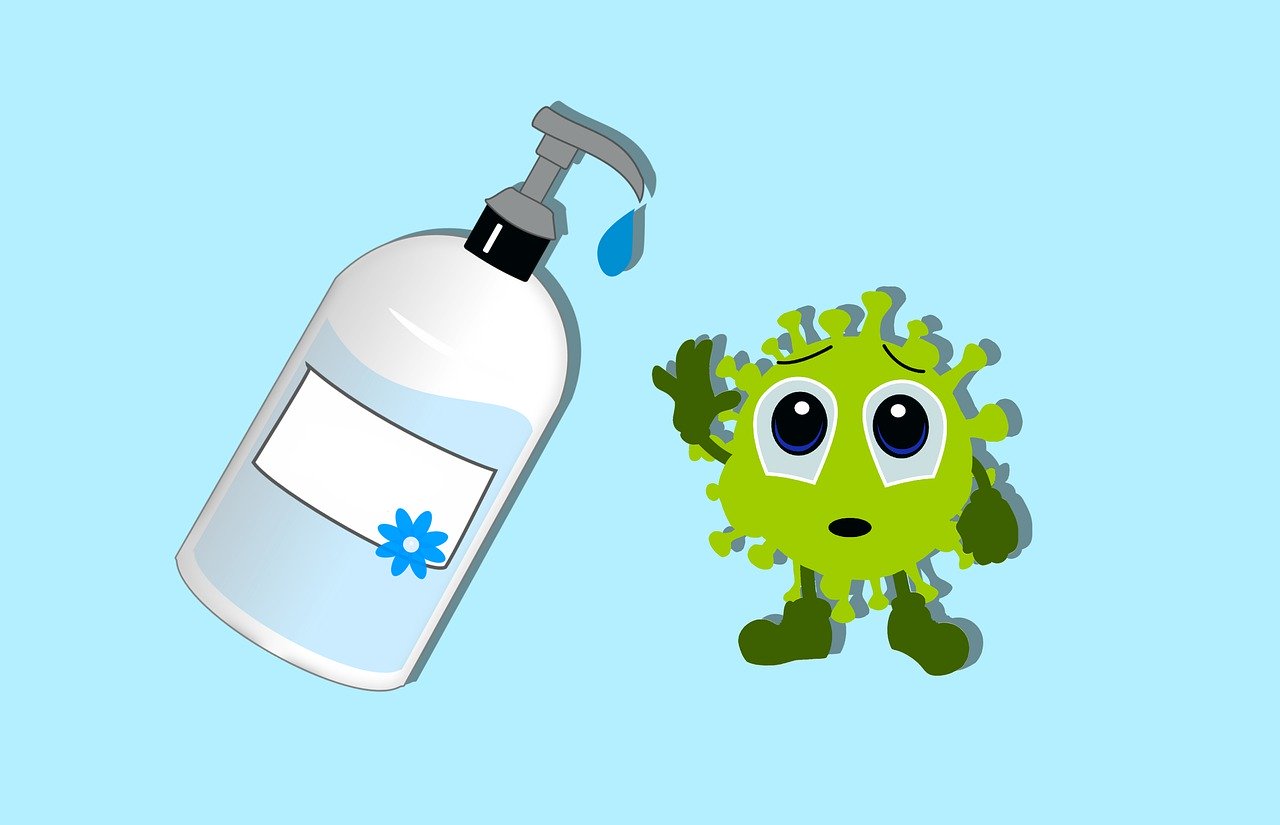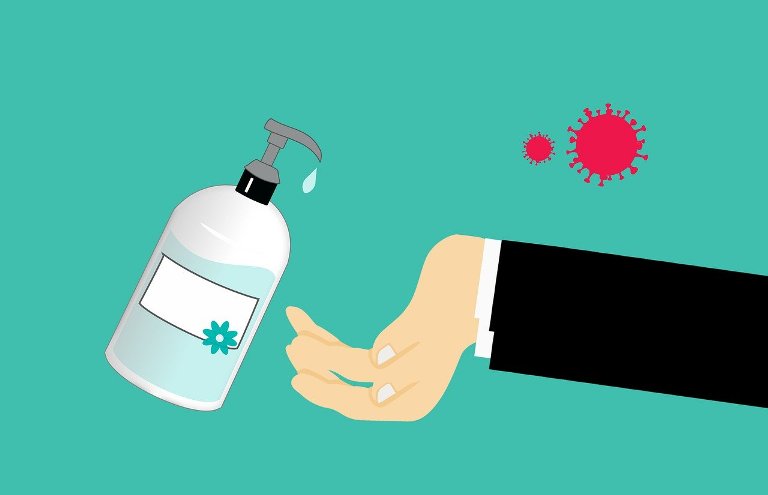
Scrubbing your hands frequently is one of the best ways to stop the spread of viruses and germs, and to ensure you don’t fall ill yourself. But if you don’t have access to clean water and soap or if you’re out and about and nowhere near a washbasin, carry hand sanitizer to protect your health.
Amid the recent COVID-19 pandemic, hand sanitizer has become a precious commodity. But unlike other medicines, you can do something about this hand sanitizer shortage is trying to make it yourself. People flooded supermarket, pharmacies, and other shops to get the bacteria killing solution. Luckily, the ingredients aren’t that much impossible to obtain.
If pharmacies near you are selling out of hand sanitizer, it’s easy to make it on your own at home. You may already have the ingredients, and if not, most medical stores and any grocery store should have them available.
About Hand-washing

Washing your hands seems basic—apply soap, wet hands, lather up, rinse. Still, there’s an actual protocol for proper hand-washing techniques: 20-sec minimum, in between every fingers, back of the hands, and under fingernails. The water temperature, while washing hands, cannot impact the effectiveness of the removal of microbe.
You should know that hand sanitizer is specifically recommended for use instead of hand-washing in places where regular hand-washing is almost not possible—i.e., places where water may be rarely available. For example, the World Health Organization (WHO) created a guide of DIY hand rub formulations to help groups who are unable to implement the proper hand-washing rules. Keep in mind; this WHO guide is for big batches of sanitizer designed for use by big groups.
The main component to hand sanitizers is ethanol or isopropanol. These alcohols usually get thickened by some acrylic polymer such as Carbomer. Since every people likely doesn’t have immediate access to Carbomer, it is advisable to use aloe vera gel as a fair substitute.
Here’s What You Require to Have:
- 2/3 cup rubbing alcohol 91% (Isopropyl).
- 1/3 cup aloe vera gel.
- The essential oil of your choice of fragrance (optional).
- One medium or small mixing bowl.
- One spoon.
- A 3-ounce empty container from a travel toiletries kit.
- A funnel makes it easier if your box has a little mouth like a bottle (optional).
- Masking tape (for labeling).
Here’s How to Make Hand Sanitizer:
- In your mixing bowl, stir the aloe vera gel and isopropyl alcohol* until blended.
- Stir in 7-12 drops of your favored scented essential oil (optional).
- Your hand sanitizer is now ready!
- Next, pour the entire mixture into the empty container and close it.
- Use the funnel if your box has a small opening like a bottle. Stick masking tape on the box and mark “hand sanitizer” on that.
*Caution: Inhaling or swallowing isopropyl alcohol may cause dizziness, headache, nausea, vomiting, and unconsciousness. May also cause skin irritation. This alcohol is flammable.
CDC (The Centers for Disease Control and Prevention) has recommended to use hand sanitizer with at least sixty percent alcohol content. This recipe makes a sanitizer with 60.67% alcohol content.
As always, the most unusual way to keep your hands safe is to wash them frequently. And the rule of thumb is to scrub for 15-25 seconds, or about as long as it takes to sing “Happy Birthday,” twice!
How They Work?
Hand sanitizers were developed for or for those times when soap & water are not available or used after washing hands. They are alcohol-containing gels to kill the germs present on the skin. The alcohol works effectively and immediately and to kill viruses and bacteria. Alcohol can excessively dry your skin, so most brands of sanitizers also contain a moisturizer to reduce skin irritation and dryness.

How Much Should You Use?
To use hand sanitizers efficiently, place a little amount on the palm of your hand, and rub it over your both hands, including nail beds. If the gel completely evaporates before 20 seconds, you have not used sufficient product.
Scientific studies have discovered the benefits of hand sanitizers, as well as their drawbacks.
Benefits:
- Hand sanitizers are portable, convenient, easy to use, and not time consuming.
- Several research groups have concluded that the risk of spreading respiratory infection and gastrointestinal (stomach) is reduced among people who use hand sanitizers.
- Hand sanitizers contain ingredients that help avoid skin dryness. Using these products can cause less skin dryness and irritation than hand washing.
- Research shows that implementations of using hand sanitizers to students in a classroom can minimize student absenteeism because of sickness by at least 26 percent. Also, many kids think instant hand sanitizers are fun to use.
Drawbacks:
Alcohol toxicity, dry skin, risk of infection, and fire hazards are some drawbacks of sanitizers.
How to Prevent the Spread of Disease:
Here are few guidelines on how to prevent the spread of the coronavirus (COVID 19) disease.
- Use hand sanitizers regularly, especially after touching your nose, sneezing, coughing, or engaging in other activities that may infect your hands.
- Also, you can wash your hands regularly. Use water and soap and scrub for at least 25 seconds.
- Avoid touching your nose, eyes, or mouth with unwashed hands.
- Avoid coming into close contact with ill people.
- If you are ill, consult your medical practitioner or nearest health center, stay home and avoid contact with others.
Stay safe and protect yourself from coronavirus disease.
 Heal City Health, Fitness and Lifestyle Online Magazine
Heal City Health, Fitness and Lifestyle Online Magazine




